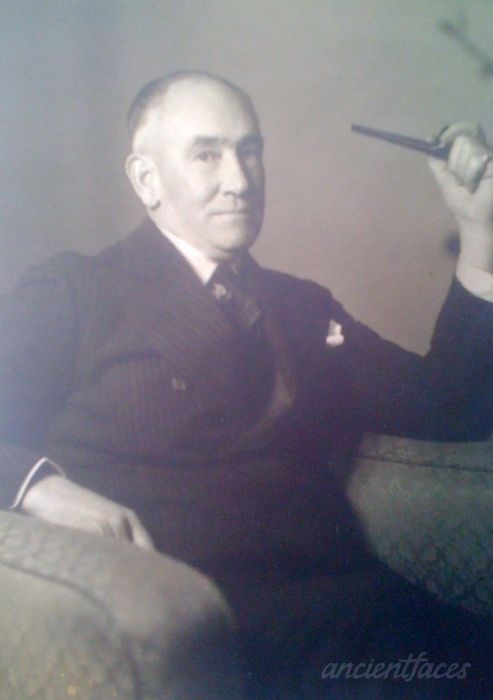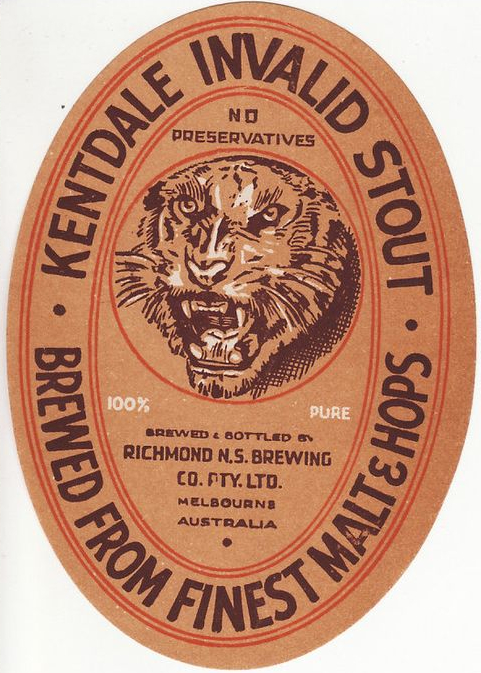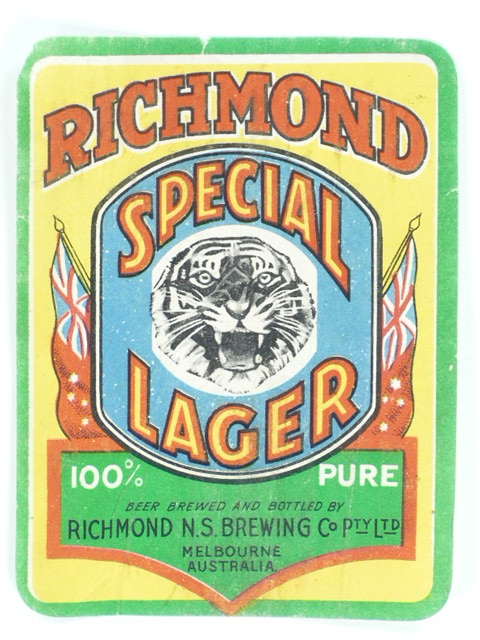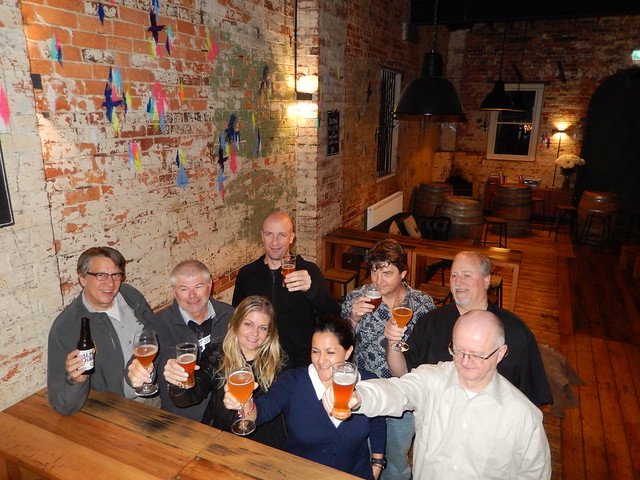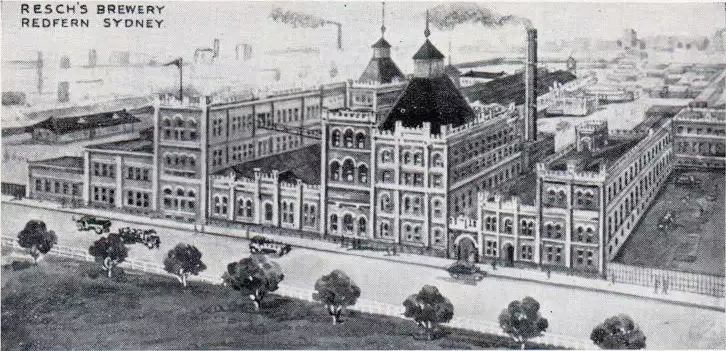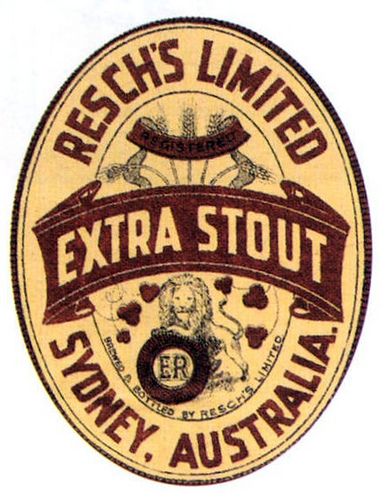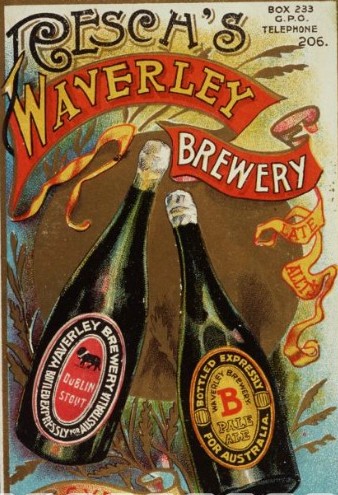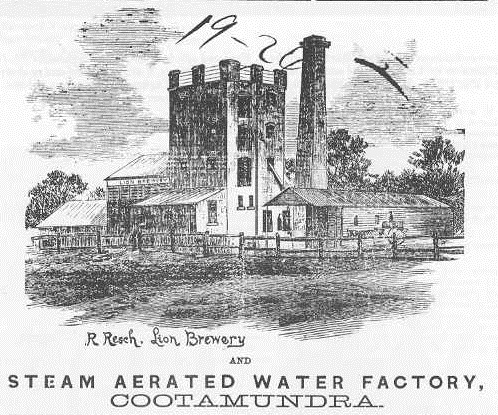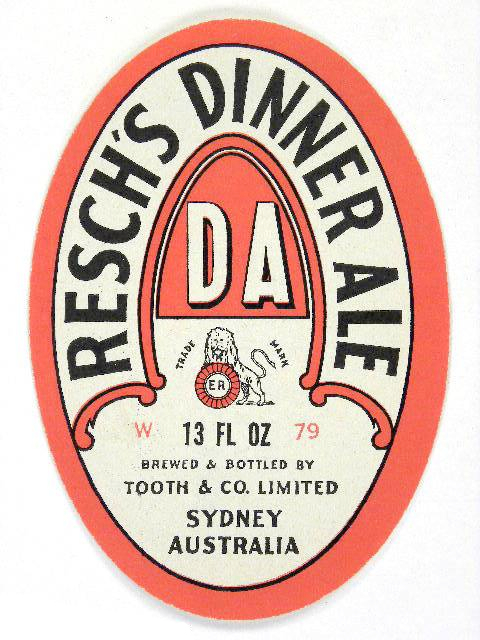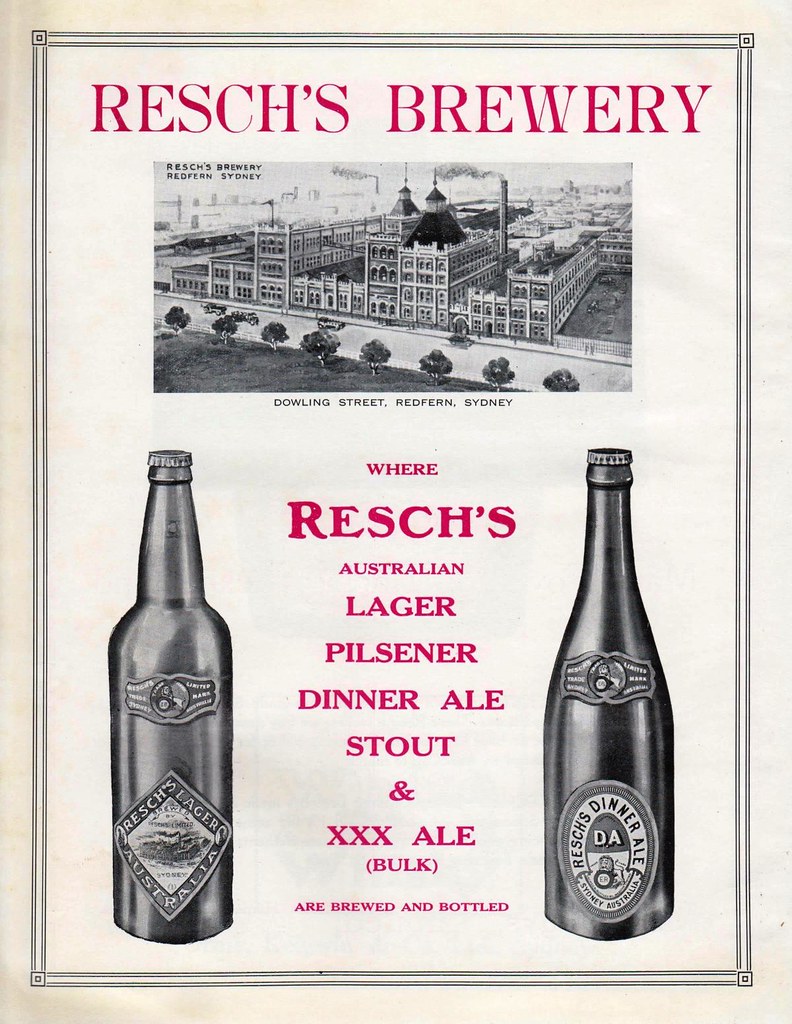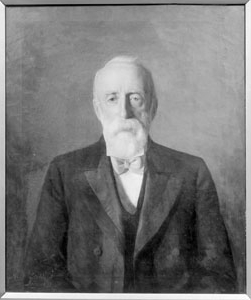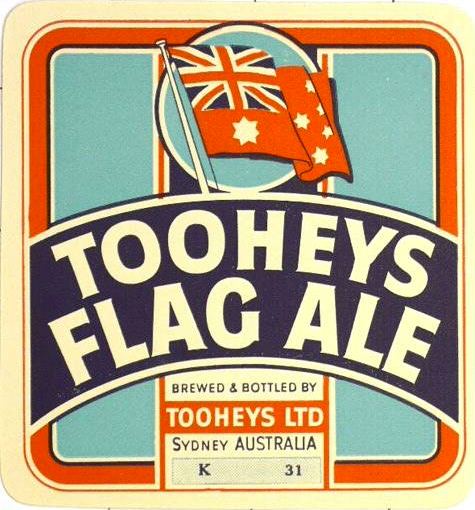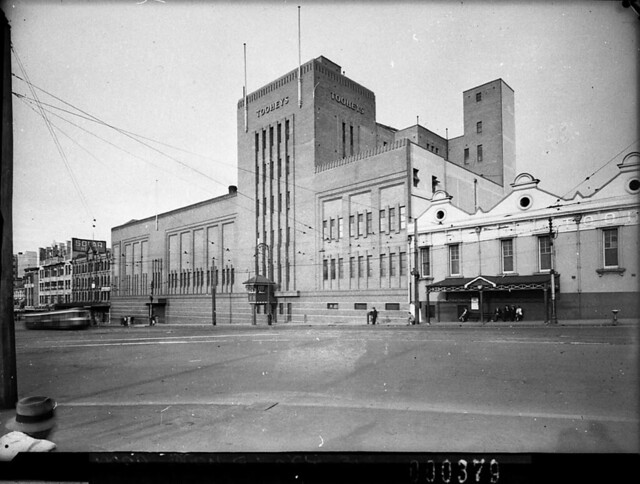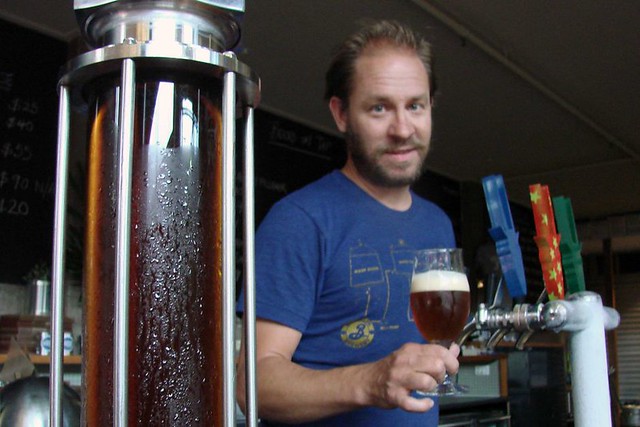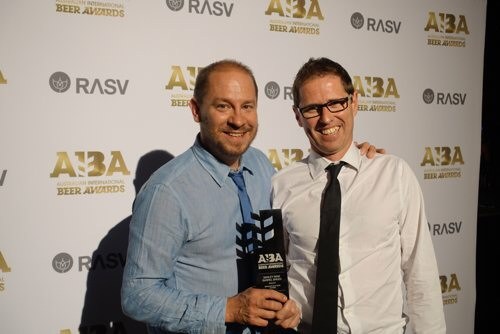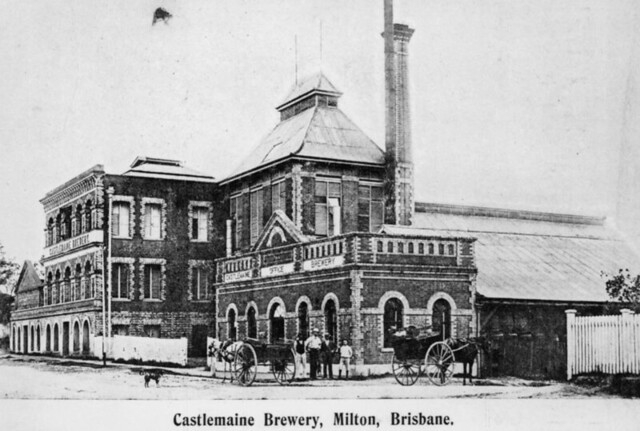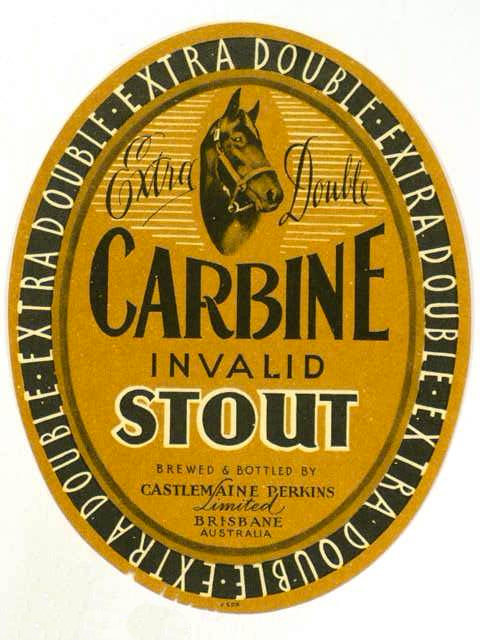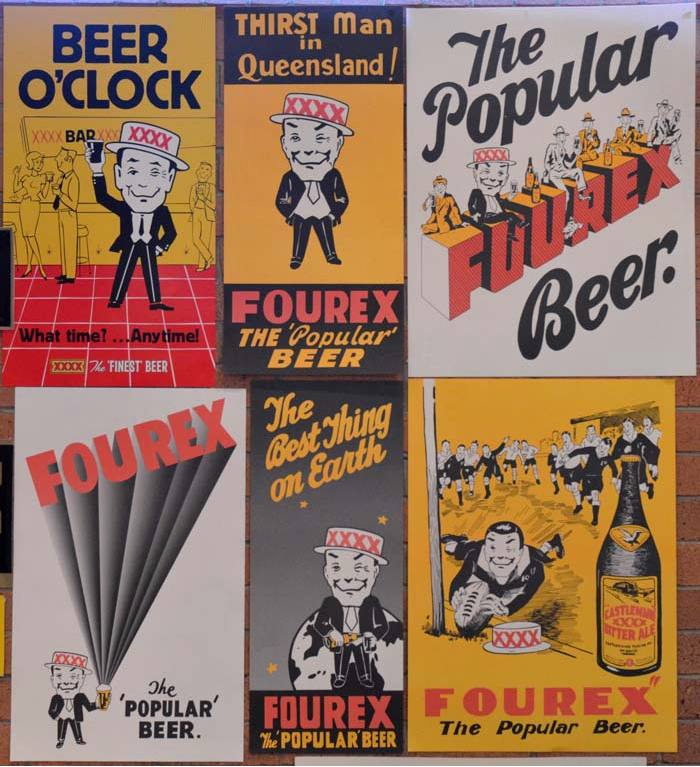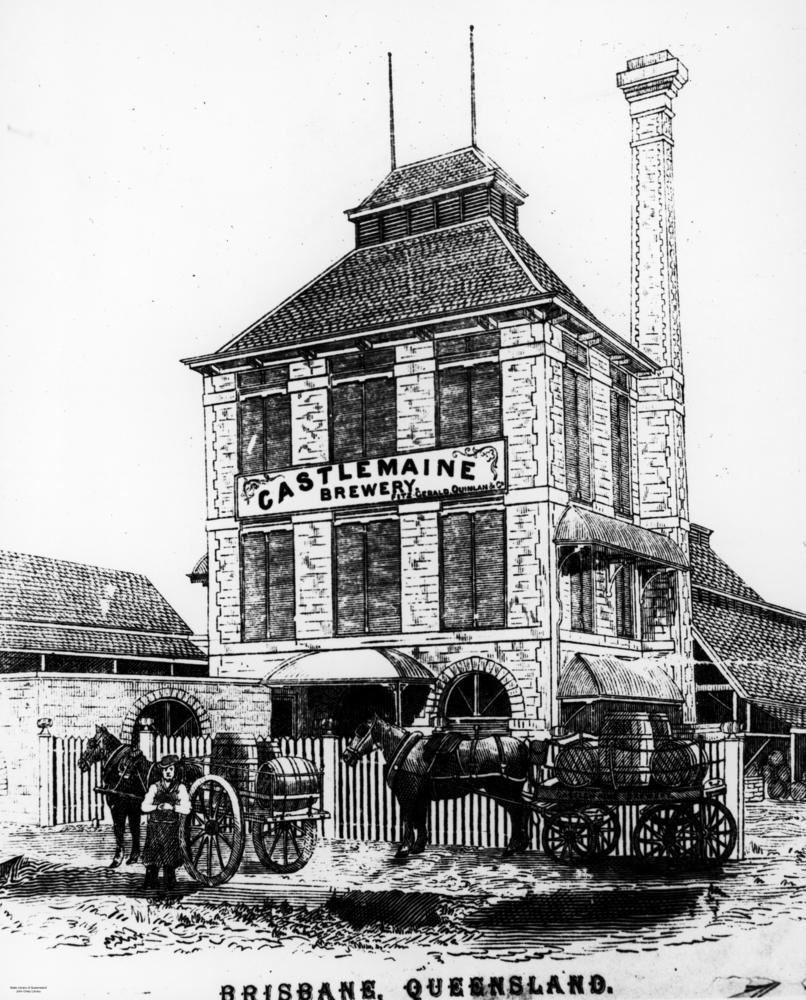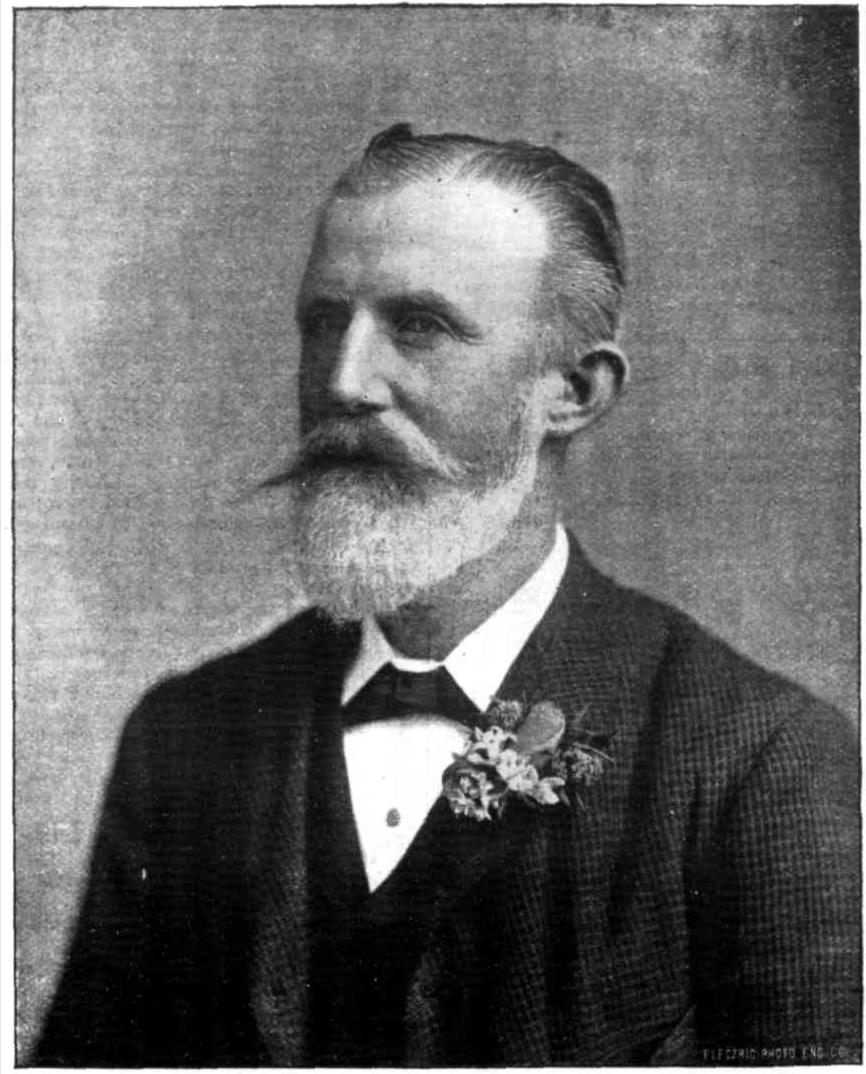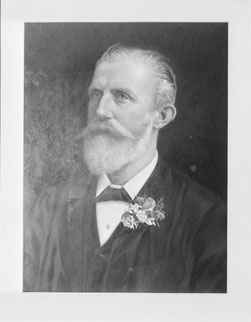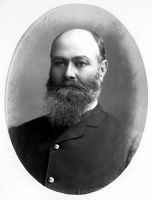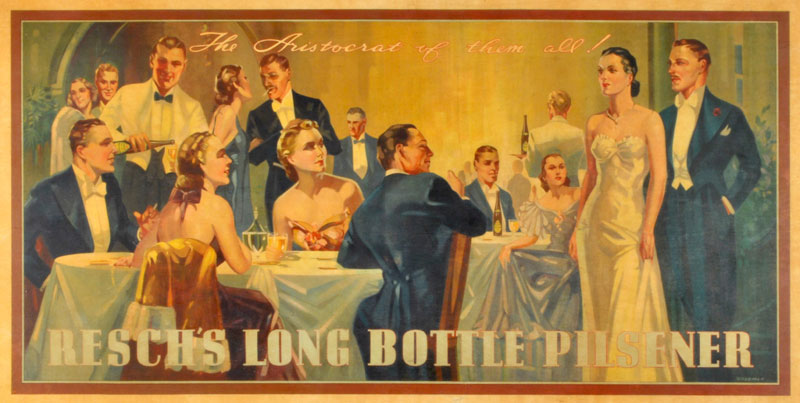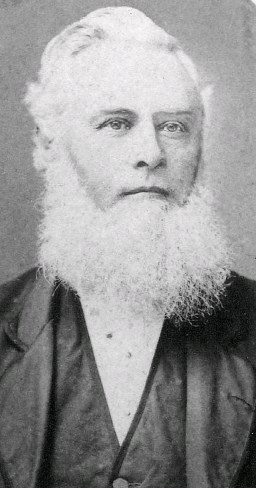
Today is the 64th birthday of Peter Aldred, who is the Senior Lecturer and Program Coordinator of the Brewing Program at the Federation University. I first met Peter when he was teaching at UC Davis for a few months in 2011, and he delivered some AIBA awards to Moylan’s. Last year, we judged together at the AIBA awards in Melbourne, and took a trip to Ballarat, where he teaches brewing. Join me in wishing Peter a very happy birthday.
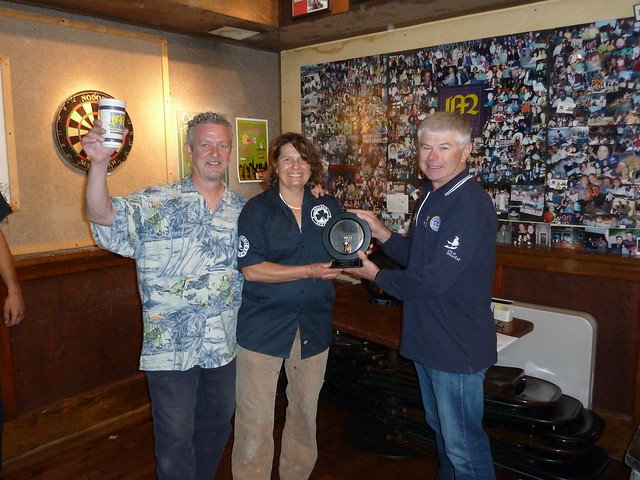 Peter at Moylan’s in Novato to present the Australian International Beer Awards Trophy to Brewmaster Denise Jones and Owner Brendan Moylan.
Peter at Moylan’s in Novato to present the Australian International Beer Awards Trophy to Brewmaster Denise Jones and Owner Brendan Moylan.
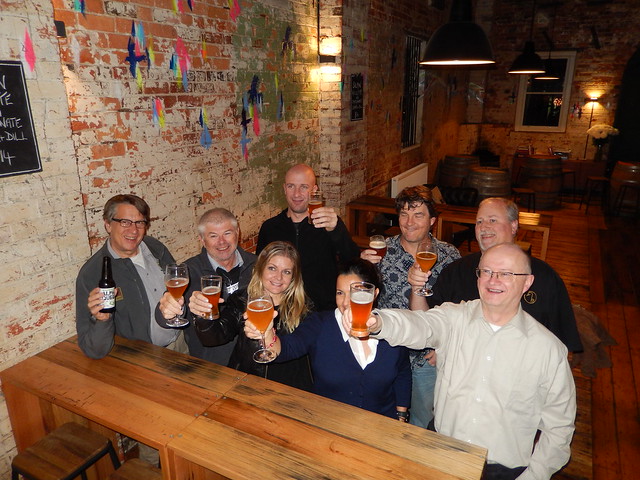 Peter (second from the left) with a number of the foreign judges during a dinner in Ballarat for the AIBA in 2014, including me in the back right.
Peter (second from the left) with a number of the foreign judges during a dinner in Ballarat for the AIBA in 2014, including me in the back right.


